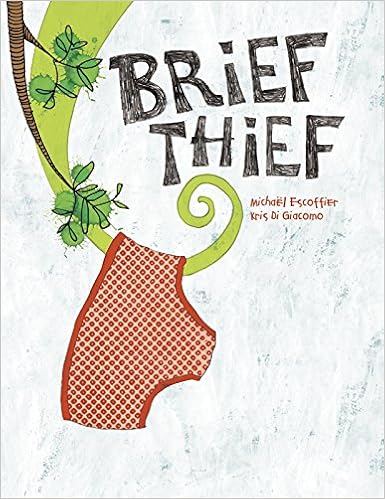A few weeks ago, we received an energy report from our electric company. It wasn't great news. It seems we are among the highest energy users on our road. (You might have read, Lessons Learned: Finding the Celebrations)
So what?
That's what I found myself asking as I looked at the report, "So what?". Yes, we apparently are among the highest energy users in our neighborhood, but every time I look at the report I honestly am a bit frustrated. The report doesn't help me to know anything about why we are using so much energy. There are three adults in the house, but that doesn't help me to figure out how much energy we are using. Is it the air conditioner? It is rather old and likely inefficient. Our appliances? Our hot water tank?
There's really no way to improve our energy use without more information. Is there a way to measure the usage of particular items using electricity? Yes, we can keep our lights turned off a bit more, unplug cords not in use, and turn the thermostat a bit, but I doubt that will make much of a dent in our usage. How do we know what to change to use less energy?
As I reflect on the information sent from the electric company about our energy use, I can't help but think about the connections to education. In our schools and classrooms we can easily be in the same place as we look at the assessment information we collect. While numbers might help us to find big picture strengths and challenges or ask questions to help us learn more, they can also be a big "so what?" if we aren't willing to dig for the story beyond the numbers. If we aren't careful we can let the numbers rule our decision making in a "sky is falling" kind of way. However, if instead of just looking at the numbers we dig a bit deeper, we can make intentional decisions to support next steps for the learners in our classrooms.
Here are a few ways to get beyond the "so what" of our beginning of the year assessment information:
- Look for Patterns: I've always found it useful to collect assessment information on some kind of chart. This allows me to take a quick glance across different parts of the information I have collected to see if I note any patterns across our class. For example, in our benchmark reading assessment I can look at scores for within, beyond, and about comprehension to see if there is a pattern to strengths and challenges. I can take a look across accuracy, self-correction and fluency scores to note any connections across students.
- Find the Story: Once I have the general view of my students, I usually take a bit of time to sort the assessments into three piles: strong, average, and needs support (to simplify). For example, if I note a pattern in thinking beyond the text, I might take the assessments and look specifically at student responses in this part of the assessment. I'm looking for the story: the story of what they seem to have under control and what might help to strengthen their understanding.
- Dig into Daily Learning: As I listen to conversations in mini-lessons, work with small groups, and sit beside learners as I confer, I'm trying to dig more into the story. What truths do I see that match what I learned from assessment? What seems to be disconnected? What are our next steps?
I don't know how I'm going to figure out ways to improve our energy use. I guess I'll look for articles that talk about typical energy wasters or dig to see if there is some way to measure usage of particular household items. I'm not really sure the data sent by the electrical company does much to change the way we live. Hopefully, in our classrooms, we can find ways to dig to get the story that IS beyond the numbers.











